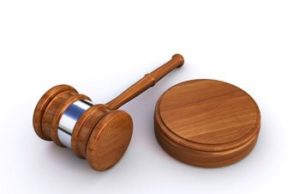
Crusades and beyond. An agreement to have someone else manage a property or estate
was a common practice among landowners worldwide. Historical evidence shows
that early forms of trust laws existed in Islamic communities and in Rome as
early as the 7th century.
Middle East, the concept of a trust was called a waqf. There were four parties
essential to the establishment of the waqf – a grantor (waqif), a trustee (mutawillis),
a beneficiary, and a judge (qadi).
The grantor initiates the trust with a trustee and the judge must approve of it
for it to be valid. Trusts operate in the same way in the United States. Just
like a modern day trust, the waqf ensured
that the trustee would manage an estate and later turn it over to listed
beneficiaries despite not having trust documents to establish the trust. These
trusts were created through a verbal agreement.
known as the fidei commissa. A fidei commissa was created to make
provisions for the transfer of property to lower the costs of owning that
property. By having someone else manage the property through this early form of
trusts, both the original owner and the trustee entered a financially
beneficial relationship though without formal trust documents.
created through what is known as the Primogeniture system. This system
appointed the first born male child as the heir to all properties and assets of
the his parents. This heir is both trustee and beneficiary.
England was created through the feudal system and by Crusaders seeing the
benefits of the waqf in Islamic
societies. When a knight that owned land left for battle, he would often ask a
family member or friend to look after that land until his return. But as no
official legal precedents or trust documents were established for the return of
assets in trusts, the trustee could refuse to return the property. Since the
Crusader gave the property to the trustee to manage, courts would rule in favor
of the trustee. However, the original owner could appeal this matter through
the chancellor of that region under the feudal system. The chancellor, acting
as judge, could order the return of property if he saw fit. The trustee could
also return the property listing the original as a trustee or by making the
original owner a beneficiary of the estate.
disseminated to the colonies, common law made trusts legally available for more
regions. Many jurisdictions in the United States continue to recognize English
common law as the standard for making decisions regarding the ownership and
management of trusts. Although this is the case for some states, the federal
government has drafted legislation that creates a rubric for states to create
their own trust laws and regulations and how trust documents are to be created.
The most recent form of this type of federal legislation is known as the
Uniform Trust code which was last amended in 2005.


























